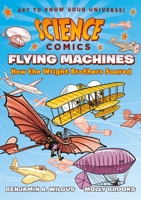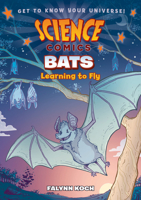Cellies, Vol. 1
Select Format
Select Condition 
You Might Also Enjoy
Book Overview
FOREWORD -- A decidedly non-superhero "team book," Cellies is the fun and briskly paced story of six employees of a mobile phone retail store. Led by their gung-ho but slightly dim manager, Christian, the Jog Mobile crew attempt to manage their personal lives alongside their work commitments, which include dealing with difficult customers and managing the midnight launch of a new phone. Cellies collects the first five issues of Lion Forge's comic book series, whose central characters represent a variety of ethnicities, backgrounds, and personalities, providing fertile ground for story development. In a minor but inspired ongoing feature, the book offers short vignettes inspired by true-life retail experiences. In total, Cellies feels like a successful ensemble TV sitcom, and the book ends with a cliffhanger of sorts, as Reyhaab, a teenager from a strict religious family, faces punishment from her parents for lying to them, and Christian suffers from the effects of an overlong tanning session. Flood's clean, confident art style and practiced narrative abilities balance propelling the plot and delivering humor, while also choosing appropriate moments to hint at what's underneath the sometimes shallow exteriors of his characters; one gets the impression that there are plenty of stories left for Flood to tell in Cellies: Volume Two and beyond. This description may be from another edition of this product.
Format:Mass Market Paperback
Language:English
ISBN:0312914687
ISBN13:9780312914684
Release Date:January 1989
Publisher:St. Martin's Press
Weight:0.44 lbs.
Dimensions:0.9" x 4.2" x 6.8"
Customer Reviews
5 customer ratings | 5 reviews
There are currently no reviews. Be the first to review this work.








































